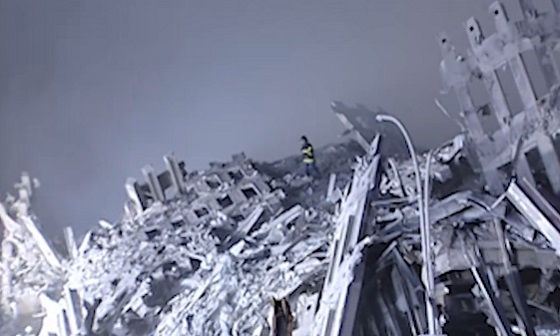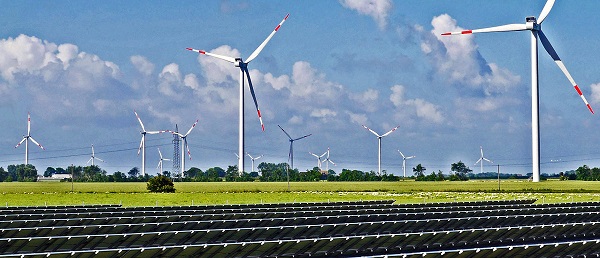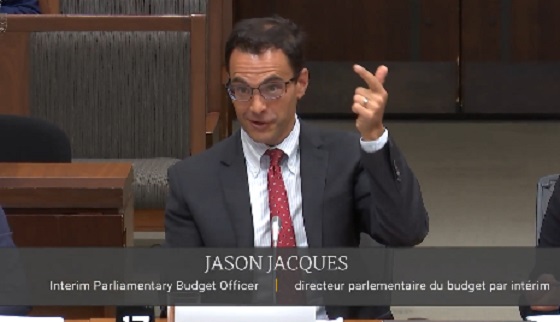Alberta
Alberta teachers to vote on tentative agreement with province

President of Treasury Board and Minister of Finance Nate Horner issued the following statement about the ongoing negotiations with TEBA and the ATA:
“Last Friday, the Alberta Teachers’ Association (ATA) made an offer to the Teachers’ Employer Bargaining Association (TEBA). Both parties have agreed to form a tentative agreement based on shared priorities and members will vote on the tentative agreement in the coming days.
“My thanks to both parties for their work in developing a tentative agreement that reflects elements that are good for teachers and the education system, as a whole.
“Alberta’s government is investing nearly $10 billion, the largest investment in the province’s history, to support the province’s teachers and students. On top of that, we’re putting $8.6 billion into building and renovating over 130 schools so students have safe, modern spaces to learn. Alberta’s government has also committed to hiring 3,000 additional teachers to reduce class sizes and support student learning.
“If ratified, this deal will form the basis for labour stability in the province and will be a positive path forward for a successful school year for our kids. Out of respect for the ratification process, I won’t get into the specifics of the deal, but I will say the tentative agreement is strong on classroom investment.
“At this time, both TEBA and I have no further comments.”
Alberta
Nuclear is the only real way to keep the lights on in Alberta
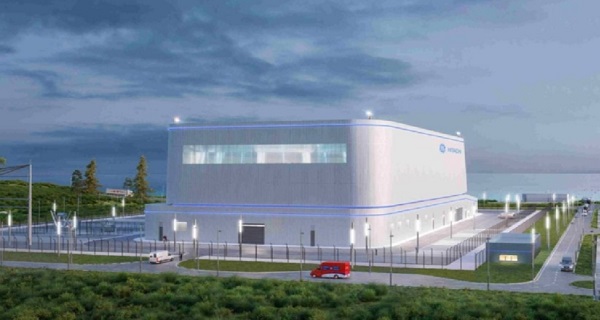
GE-Hitachi small modular nuclear reactor concept
This article supplied by Troy Media.
 By Doug Firby
By Doug Firby
Nuclear power is the best bet for Alberta but time is running out
Alberta needs nuclear power—and fast. While much of the world, including provinces like Ontario, has spent decades building reactors, Alberta remains stuck in neutral, still debating whether the technology is even worth considering.
Affordability and Utilities Minister Nathan Neudorf recently admitted as much.
“We still have an entire legislative and regulatory framework to establish to allow for this novel—as in new—type of generation to happen within the province of Alberta,” Neudorf told the Canadian Press. And now, the province wants to take a full year to gauge public appetite for nuclear power.
Oh my God. Can we not just get on with it?
Here’s the reality. More than a century ago, the province opted for the cheapest form of electricity—coal-fired generation— because Alberta had lots of it. As environmental and health concerns mounted, the province turned to natural gas to fire its generators.
Natural gas is still a fossil fuel—cleaner than coal, but far from perfect. And while renewables like wind and solar don’t have fuel costs, their output isn’t always reliable. That’s why natural gas is still needed to fill the gaps— especially when demand peaks or the wind isn’t blowing. Because it’s often the last generator brought online when renewables fall short, it sets the market price. That’s what drives electricity costs higher—even if most of the power is coming from renewables.
And speaking of renewables, Alberta has smothered a growing industry with strict limitations on where wind and solar farms can operate. According to the Pembina Institute, since October 2023, 11 gigawatts worth of wind, solar and energy storage projects have been withdrawn from the provincial grid operator’s connection queue—more than the province’s average total power demand.
Meanwhile, electricity consumption is expected to soar. The province is chasing $100 billion in data centre investment—facilities that require massive amounts of electricity to run and cool.
So, add it up: Gas-fueled generation is not seen as a good long-term bet, wind and solar has run into a regulatory brick wall, the province’s hydro potential would be hugely expensive (and environmentally complex) to develop, the population of the province has soared past five million and growing, and with the growth in EVs and the rise of more electrical home heating and cooling, we are headed toward the “electrification of everything.”
Why are we taking a year to find out whether Albertans support nuclear power? And what happens if they say no?
Now let’s also face some facts about nuclear. It’s a highly regulated industry—and rightly so— and even then, it has had its share of safety incidents. Chernobyl. Fukushima. Three Mile Island. Because of that, it can take years to move from proposals to construction. And with regulations constantly evolving, the cost of building nuclear plants often exceeds initial estimates.
Ontario’s experience is a cautionary tale. Over two decades, as Ontario Hydro built 20 reactors, it faced repeated cost overruns, missed deadlines and declining performance. By 1999, Ontario Hydro’s debt stood at $38.1 billion. Its assets? Just $17.2 billion. The government was left with a $20.9 billion stranded debt.
Thankfully, with thoughtful execution, Alberta could avoid many of the teething problems Ontario encountered as it nurtured then-nascent nuclear technology. For one, Premier Danielle Smith is rightly seeking proposals from the private sector and will only consider establishing a Crown corporation if private proposals don’t meet the province’s needs. Private sector investment drove the explosive growth in renewables (until the province brought it to a halt with new restrictions); potentially, the same could be true for nuclear.
Alberta can also benefit from decades of global experience with nuclear power. There’s no need to reinvent the wheel. Among the more promising developments are SMRs—small modular reactors. These typically produce 300 megawatts or less and can be factory-built, then transported to site. Like prefabricated homes, they offer streamlined construction, better scalability and the ability to be integrated into multi-unit facilities as demand grows.
This could be especially valuable if Alberta succeeds in attracting those power-hungry data centres.
Cost isn’t the only consideration. Water use and nuclear waste transport must also be managed carefully. But there are compelling reasons to pursue nuclear—and to lift the restrictions on renewables while we’re at it. Not the least of these is its zero emissions.
Now, we need to get going. In the most optimistic forecasts, the first nuclear reactor is at least a decade away. By then, our demands for electricity will have grown substantially, barring some sort of unforeseen breakthrough in efficiency.
You don’t have to love nuclear power. You just have to recognize the truth: Alberta needs to prepare for it now.
Doug Firby is an award-winning editorial writer with over four decades of experience working for newspapers, magazines and online publications in Ontario and western Canada. Previously, he served as Editorial Page Editor at the Calgary Herald.
Troy Media empowers Canadian community news outlets by providing independent, insightful analysis and commentary. Our mission is to support local media in helping Canadians stay informed and engaged by delivering reliable content that strengthens community connections and deepens understanding across the country.
Alberta
Alberta pro-lifers demand protections for infants born alive after failed abortions
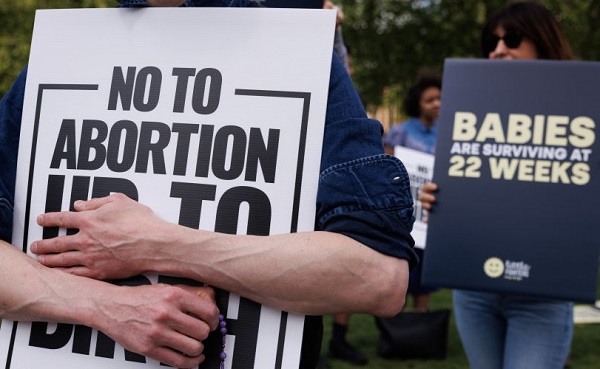
From LifeSiteNews
Prolife Alberta’s ‘Left to Die’ campaign demands protections for the hundreds of babies born alive after failed abortions, urging policy changes to ensure they receive medical care.
Prolife Alberta has launched a campaign to demand protections for children born alive after failed abortions.
The organization announced a new initiative titled “Left to Die,” which seeks to expose Alberta’s current policy that leaves babies born alive after botched abortions to die without care.
“LeftToDie.ca shines a light on a tragedy most Albertans don’t even know is happening: babies being born alive after failed abortions and left to die without care,” a Prolife Alberta spokesperson told LifeSiteNews.
“Using official government data, we are exposing this hidden reality and mobilizing grassroots citizens to press Alberta’s elected officials to act,” the spokesperson continued. “Our goal is to see AHS policies revised so this practice can no longer continue, and to establish clear protections ensuring that every child born alive — no matter the circumstances — receives the same right to medical care and comfort as any other newborn.”
According to official data from the Canadian Institute for Health Information (CIHI), which is the federal agency in charge of reporting the nation’s health data, in 2023-2024, there were a staggering 133 late-term abortions in Alberta. Of these, 28 babies were born alive after the abortion and left to die.
This fact was recently exposed in an opinion piece published by the Western Standard from Richard Dur, who serves as the executive director of Prolife Alberta.
However, so far, Alberta officially has failed to introduce legislation to protect babies born alive after abortions despite knowing about the situation.
As Prolife Alberta pointed out, “twenty-five years ago, as a columnist for the Calgary Herald, Danielle Smith exposed the horror of babies being born alive after failed abortions and left to die – a ‘horrific practice,’ in her own words.”
“Today, as Premier of Alberta, she is in a position not just to write about this injustice — but to end it,” the organization explained. “Every day adds to 25 years of silence since that article was published. Her silence — and that of her government — sustains the policy.”
The new campaign encourages Albertans to educate themselves regarding the situation and to share this information and the campaign with their family and friends. Albertans are also advised to contact their local MLA through the new website and to urge them to support protections for babies born alive.
“Regardless of where one stands on abortion, life after birth should matter to all of us,” Prolife Alberta told LifeSiteNews. “To deny a living child even the most basic medical care — merely because of the circumstances of their birth — is a profound moral failure.”
“These human beings have survived an attempt on their life in the womb, only to be abandoned to death outside it,” the organization continued. “Revising health policies that permit this would not regulate or restrict abortion in any way, but it could save a newborn child’s life.”
As reported by LifeSiteNews recently, 150 babies were born after botched abortions in 2023-2024 in Canada. However, it’s not known how many survived.
Similarly, reports from 2018 have indicated that 766 babies were born alive after late-term abortions in Canada between 2013 and 2018 and presumably left to die.
-
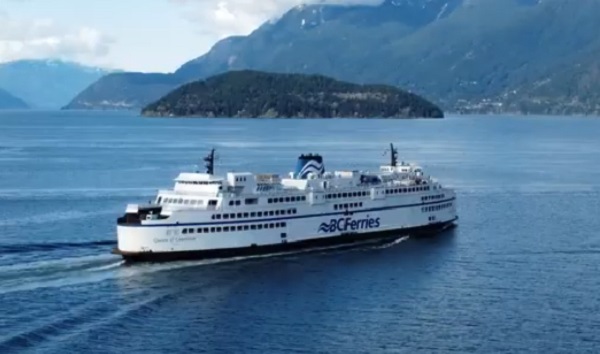
 Business1 day ago
Business1 day agoBC Ferries Deal With China Risks Canada’s Security
-
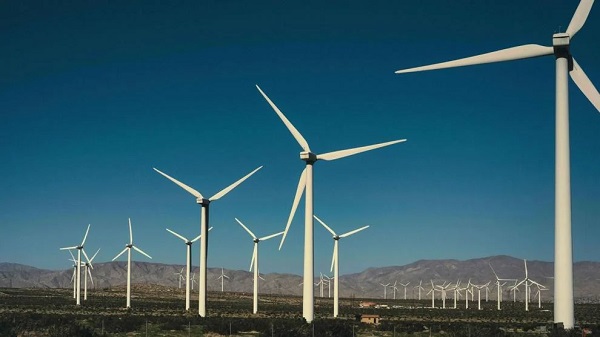
 Business2 days ago
Business2 days agoDepartment of Energy returning $13B climate agenda funding to taxpayers
-

 Business2 days ago
Business2 days agoCanada Is Still Paying The Price For Trudeau’s Fiscal Delusions
-

 International2 days ago
International2 days agoTrump says he won’t back down on Antifa terrorism designation
-

 Censorship Industrial Complex1 day ago
Censorship Industrial Complex1 day agoTotal Surveillance, Censorship, And Behavior Control Are Real Goals Of Digital ID Advocates
-

 Daily Caller2 days ago
Daily Caller2 days agoShale Execs Complain Of ‘Broken’ Prospects In New Survey
-

 International15 hours ago
International15 hours agoTrump authorizes “full force” to stop Antifa attacks in Portland
-

 COVID-192 days ago
COVID-192 days agoSecond Massive Population Study Finds COVID-19 “Vaccines” Increase Risk of 6 Major Cancers
